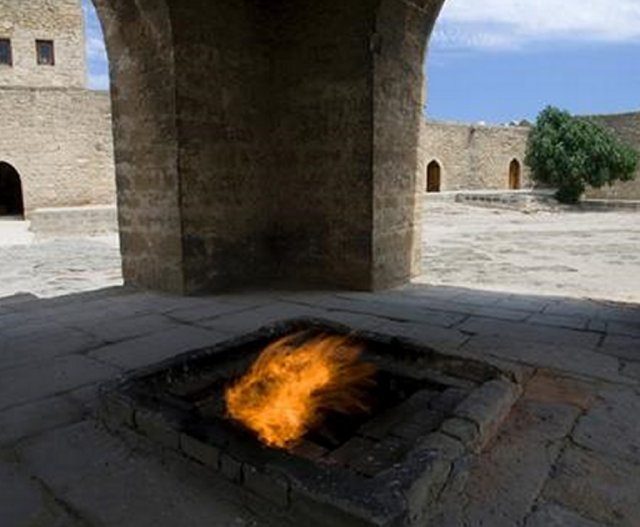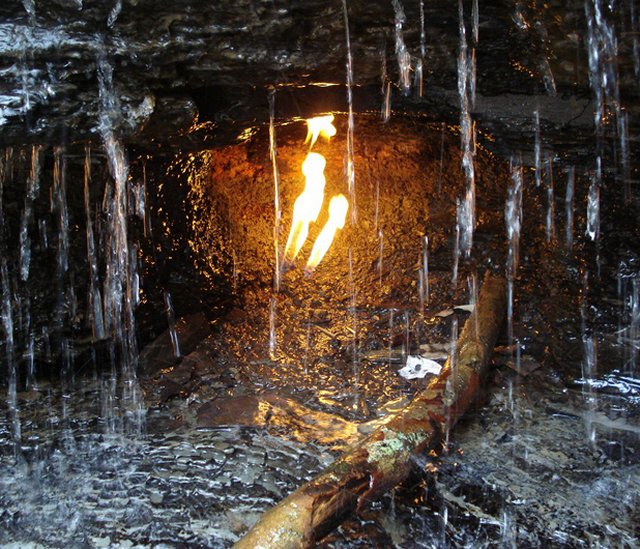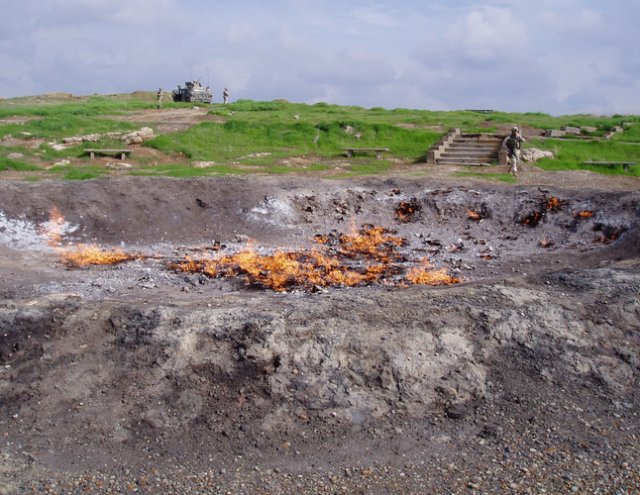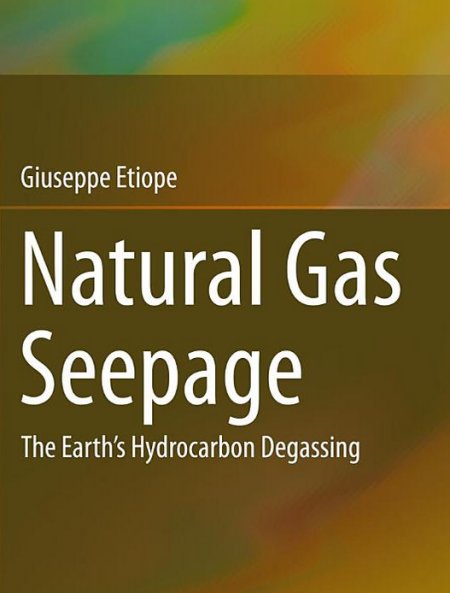Mythical ‘Eternal Flames’ Of Ancient Worship Reveal Their Secrets
MessageToEagle.com – Gas and oil seeps have been part of religious and cultural practices for thousands of years
Seeps from which gas and oil escape were formative to many ancient cultures and societies.
Modern geologists and oil and gas explorers can learn much by delving into the geomythological stories about the religious and social practices of the Ancient World, writes Giuseppe Etiope of the National Institute of Geophysics and Volcanology in Italy.
“Knowing present-day gas fluxes from a seep and knowing that a seep was active and vigorous two thousand years ago, we can estimate the total amount of gas that has been released to the atmosphere thus far.
What can be measured today is probably also valid, at least in terms of orders of magnitude, for the past,” writes Etiope.
The book offers a modern, comprehensive, and holistic view of natural gas seepage, defined as the visible or invisible flow of gaseous hydrocarbons from subsurface sources to Earth’s surface. Beginning with definitions, classifications for onshore and offshore seepage, and fundamentals on gas migration mechanisms, the book reports the latest findings for the global distribution of gas seepage and describes detection methods. Seepage implications are discussed in relation to petroleum exploration, environmental impacts (hazards, pollution, atmospheric emissions, and past climate change), emerging scientific issues (abiotic gas and methane on Mars), and the role of seeps in ancient cultures. With an updated bibliography and an integrated analysis of available data, the book offers a new fundamental awareness – gas seepage is more widespread than previously thought and influences all of Earth’s external “spheres”, including the hydrosphere, atmosphere, biosphere, and anthroposphere. Read more
“Such information may not only be relevant for atmospheric methane budget studies but may also be important for understanding the leaking potential of petroleum systems, whether they are commercial or not.”
Gas-oil seeps have been the source of mythological tales, and many a Biblical and historic event.

The observations of ancient naturalists and historians such as Pliny the Elder, who lived two millennia ago, helped to chronicle many of these occurrences, especially in the Mediterranean area. For example, he wrote about Chimaera, a large burning gas seep in modern day Turkey.
In ancient times, the temple of Hephaestus, the Greek god of fire, was built next to it.

Similar “eternal fires” integrated gas and flame emissions into ancient religious practices in many cultures. For instance, the Zoroastrians worshiped the “Pillars of Fire” near modern Baku in Azerbaijan. In Iraq, the Baba Gurgur seep was probably the “burning fiery furnace” into which King Nebuchadnezzar cast the Jews.
See also:
The Mystery Of Ancient Ever-Burning Lamps
A legend of ancient Rome reports a stream of crude oil issuing from the ground around 38 BC. It became a meeting spot for the first Roman converts to Christianity, and is now the site for the Basilica of Santa Maria in Trastevere.
The sacred Manggarmas flame in Indonesia, which has been active at least since the 15th century, is still used in an annual Buddhist ceremony.

Etiope writes that hydrocarbon seeps also influenced the social and technological development of many ancient populations.
It not only contributed to global civilization, but was often the source of wars. The first evidence for petroleum usage comes from Syria, where the Neanderthal used natural bitumen on stone tools some 40,000 years ago.
MessageToEagle.com











